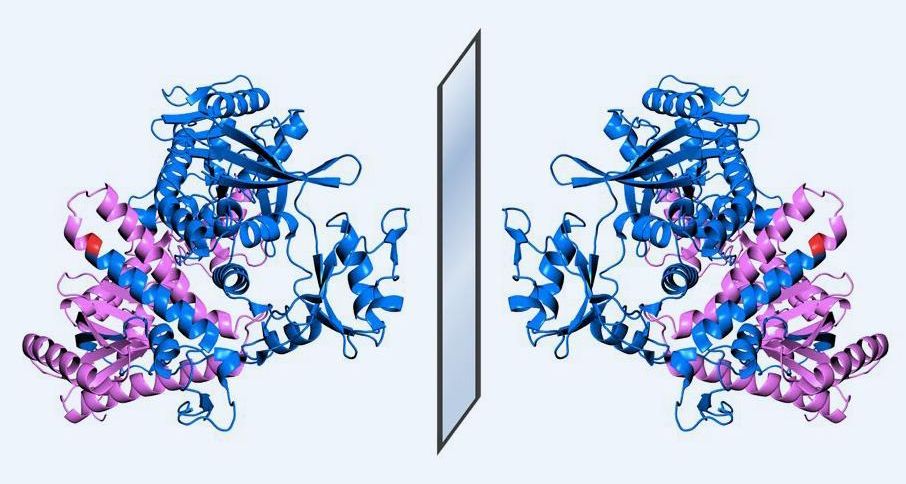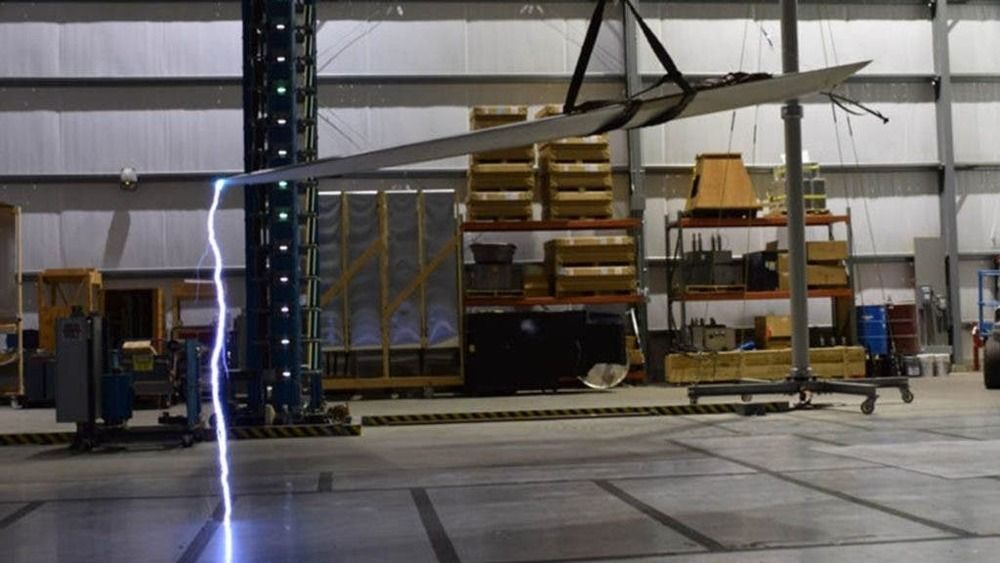Researchers have synthesised a mirror image enzyme that allowed them to constructing the longest ever strand of mirror DNA. The team also demonstrated how this L-DNA could be used as a robust biorthogonal information repository.
Louis Pasteur first proposed the idea of a mirror image version of biological systems more than 160 years ago, following the discovery of molecular chirality. All natural DNA contains the D form of the chiral sugar deoxyribose, but it may be possible for a mirror system to be built using L-deoxyribose instead.






